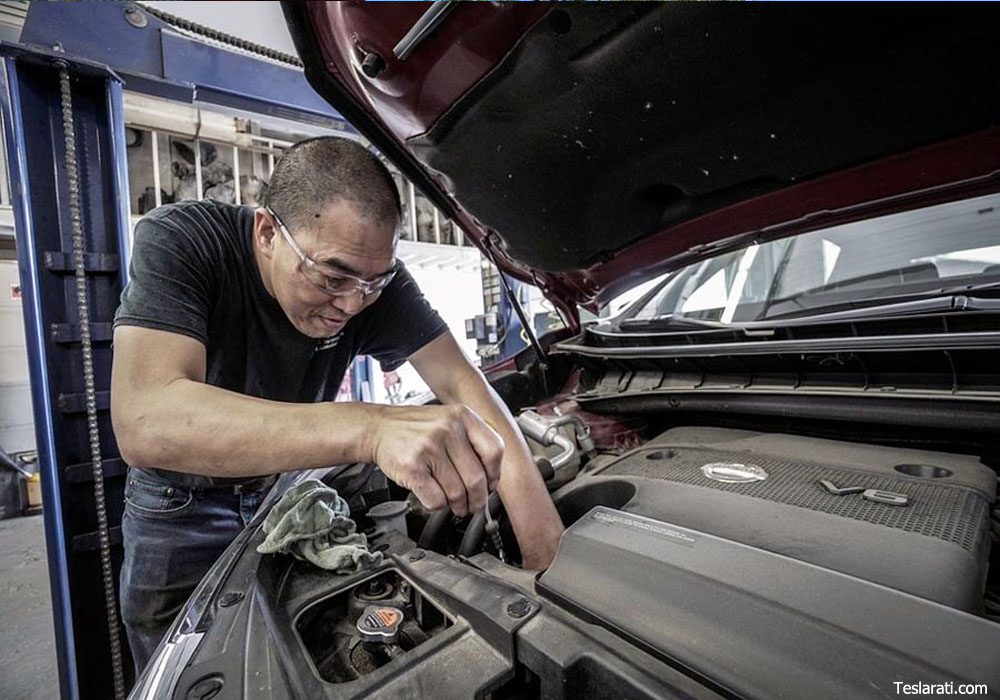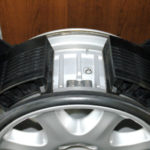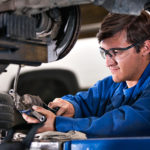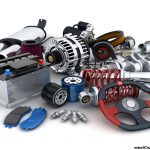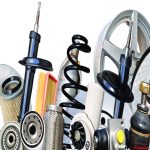Basic Car Maintenance Checklist
Perhaps the best maintenance method for your car is preventive maintenance. Aside from prolonging the life of your car, it can also ensure that your car is in top condition especially during times when you need it the most. You’ll only need to check the basic components of your car regularly to achieve this and set a general checkup schedule that would best work for you and your car.
Each part of your car plays an important role, but without the tires, your car literally won’t run. Check your car’s user’s manual to find out how much pressure the tires should carry for efficient performance. Filling your tires with the correct amount of pressure can also help prolong their lifespan. It’s also advisable that you have the tires rotated after every 7 thousand miles the car travels.
Checking under the hood is perhaps the easiest part of maintaining your car. … Continue reading >>>>

